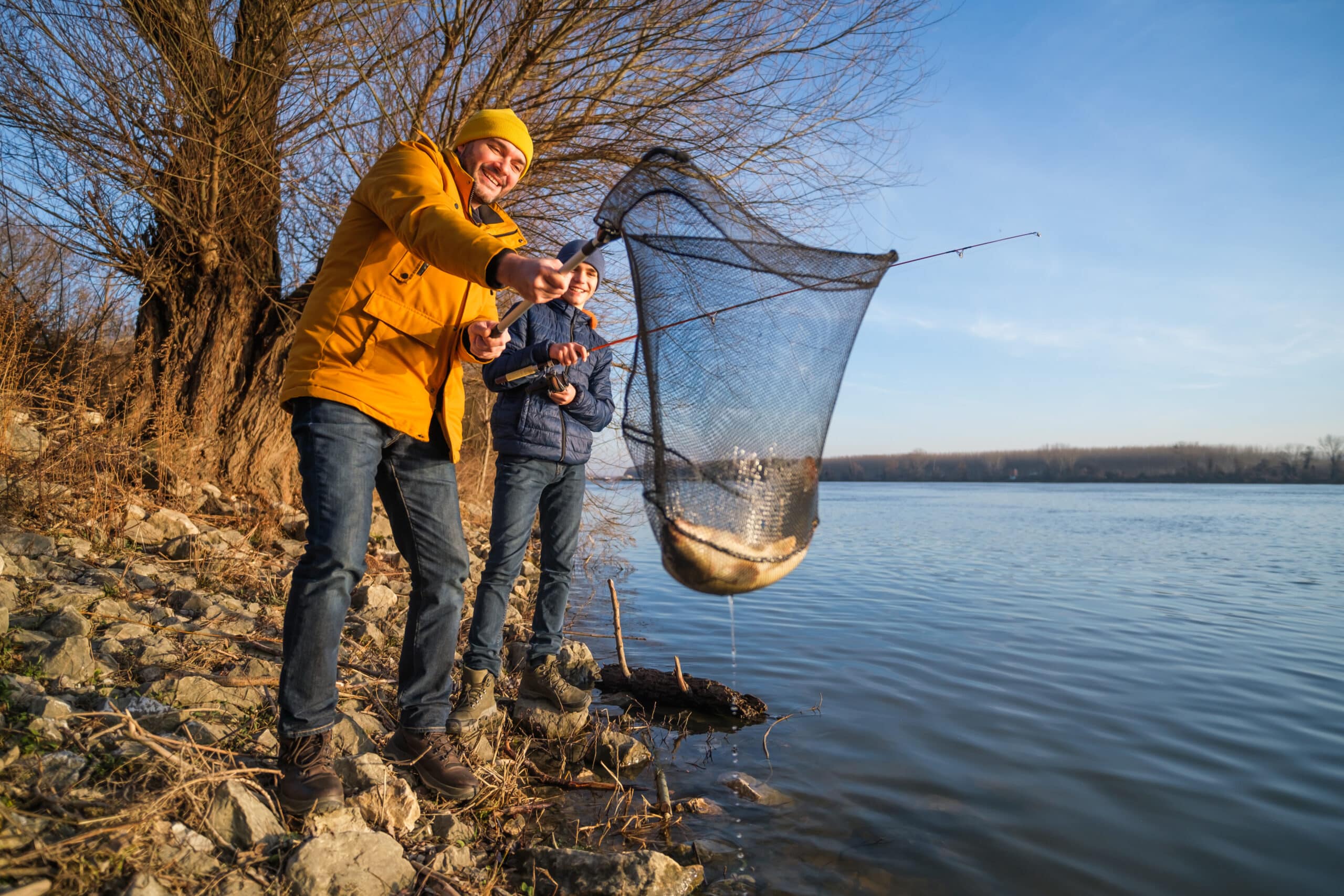What are some considerations for catch and release?
Key Takeaways
- Conservation of Fish Populations
- Proper Handling Techniques
- Release at Depth
Catch and release fishing has become increasingly popular among anglers as a means to conserve fish populations and promote sustainable fishing practices. It involves catching a fish and then releasing it back into the water, allowing it to survive and potentially reproduce. While catch and release can be an effective conservation tool, there are several important considerations to keep in mind to ensure the well-being of the fish and the overall success of the practice.
1. Conservation of Fish Populations
One of the key considerations for catch and release fishing is the conservation of fish populations. By releasing fish back into the water, anglers help maintain the balance of ecosystems and ensure that future generations can enjoy fishing. This is particularly important for popular game fish species, such as trout, bass, and salmon, which are often targeted by anglers.
2. Proper Handling Techniques
Proper handling techniques are crucial for the survival of released fish. When catching a fish, it is important to minimize the amount of stress and injury inflicted on the fish. This includes avoiding excessive handling, keeping the fish wet, and minimizing contact with bare hands. Additionally, using barbless hooks can make it easier to release the fish without causing unnecessary harm.
3. Release at Depth
For fish caught in deep water, barotrauma can be a concern. Barotrauma is a condition where fish experience internal injuries due to the rapid change in pressure when brought to the surface. To mitigate this, anglers can release fish suffering from barotrauma as quickly as possible at depth. This can be achieved through the use of recompression tools, such as descender devices, release weights, or release baskets.
4. Respect for Aquatic Life and Habitats
Another important consideration for catch and release fishing is the respect for aquatic life and their habitats. Anglers should be mindful of the impact their fishing activities may have on the environment. This includes avoiding fishing in sensitive areas, such as spawning grounds or protected habitats, and minimizing any disturbance to the natural balance of ecosystems.
5. Education and Awareness
Educating anglers about catch and release practices is crucial for promoting responsible fishing. By raising awareness about the importance of conservation and providing information on proper handling techniques, anglers can make informed decisions that contribute to the sustainability of fish stocks. Some organizations even propose the implementation of educational courses or tests to ensure anglers are equipped with the necessary knowledge.
6. Fishing Regulations and Guidelines
Complying with fishing regulations and guidelines is essential for ethical catch and release fishing. These regulations are put in place to protect fish populations and ensure the sustainability of fishing practices. Anglers should familiarize themselves with local fishing regulations, including size limits, bag limits, and specific catch and release requirements, to ensure they are fishing responsibly and legally.
7. Potential for Harm and Stress
While catch and release fishing is generally considered a conservation practice, some critics raise concerns about the potential harm and stress caused to fish during the process. It is important for anglers to be mindful of the potential impact their fishing activities may have on the well-being of the fish. Responsible anglers strive to minimize harm through proper handling techniques and using appropriate gear, such as barbless hooks.
8. Selective Harvesting
Selective harvesting is another consideration for catch and release fishing. It involves making informed decisions about which fish to keep and which fish to release. Some fish species may be more vulnerable or in need of protection, while others may be more abundant and suitable for consumption. Anglers should follow selective harvesting guidelines and regulations to ensure the long-term sustainability of fish populations.
Conclusion
Catch and release fishing can be an effective tool for conservation and sustainable fishing practices. By considering the conservation of fish populations, employing proper handling techniques, and following fishing regulations and guidelines, anglers can contribute to the preservation of fish stocks and the overall health of aquatic ecosystems. Education and awareness play a crucial role in promoting ethical fishing practices, and anglers should continuously strive to expand their knowledge and improve their techniques for the benefit of both fish and future generations of anglers.
Related Websites:
FAQs:
Q: Why is catch and release important?
Catch and release is important because it helps maintain healthy fish populations for future generations. By releasing fish back into the water, it allows them to spawn and contribute to the overall population.
Q: What are the ethical reasons behind catch and release?
Catch and release is driven by ethical considerations. It allows anglers to enjoy the sport of fishing while minimizing harm to the fish. It promotes conservation and ensures the sustainability of fish populations.
Q: How can I handle a fish properly during catch and release?
To handle a fish properly, use wet hands to avoid removing their protective slime, avoid squeezing the fish tightly, and minimize the time the fish is out of water. This helps prevent unnecessary harm and stress to the fish.
Q: Why is using appropriate fishing gear important for catch and release?
Using appropriate fishing gear is crucial for catch and release. It ensures that the fish is hooked securely and reduces the chances of injury. Barbless hooks are particularly beneficial as they make hook removal easier and cause less harm to the fish.
Q: How can I safely remove a hook from a fish’s mouth?
To safely remove a hook, be gentle and use the appropriate tools such as needle-nose pliers or a hook remover. Follow step-by-step instructions, taking care not to cause additional injury to the fish.






